The two core aspects included in Mercer| Mettl’s learning agility solutions are learning agility assessment and learning agility matrix.
Learning Agility Assessment
Learning agility tests accurately and efficiently measure learning agility when finding customized solutions to measure your workforce’s learning agility. Learning agility tests assess learning agility and orientation. Upon completing the assessment, Mettl’s learning agility test report helps you understand individuals’ learning agility levels, learning dimensions and preferences.
Mercer| Mettl learning agility assessment enables organizations to identify agile learners, who would be the future leaders and drive growth.
This comprehensive assessment is used for:
- Creating a talent pool to identify high-potentials (including early career and emerging talent), specific job assignments, development and coaching support and succession plans.
- Making better-recruiting decisions for roles where learning agility is critical
- Aiding team-building exercises
- Finding current employees expected to succeed in overseas tasks
Learning Agility Matrix
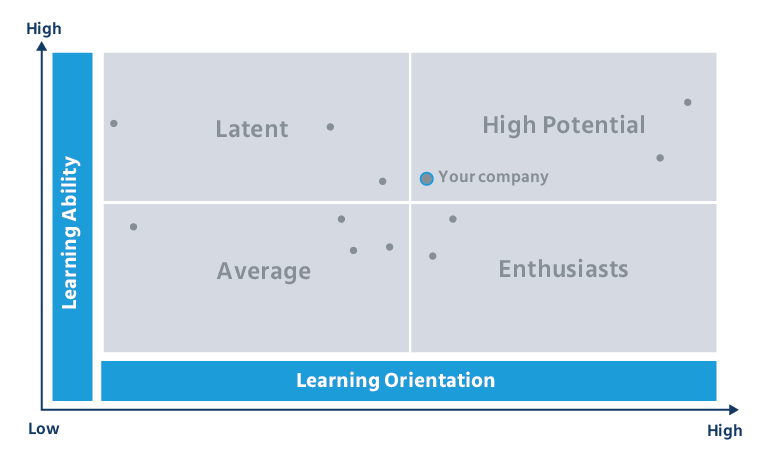
Mercer | Mettl’s Learning Agility Matrix measures an individual’s/company’s learning agility and provides actionable insights needed to improve an organization’s performance and productivity. Organizations require employees with different levels of learning agility. Mettl Learning Agility Matrix identifies the learning agility demand for multiple industries, organizations and job roles. There are four learning agility categories based on the permutations and combinations of learning intent and ability: average, enthusiastic, latent and high-potential.
Using the Mettl Learning Agility Matrix you can

To sum up, you can use the learning agility matrix to:
- Measure and improve your organization’s learning agility
- Create a future ready workforce
- Evaluate organizational learning agility and quickly ascertain whether a learner is average, enthusiastic, latent or high-potential.
Also, click here to know how Mercer | Mettl enabled Belcorp to create a future ready workforce with learning agility.
FAQs: We have listed the answers to some underlying concerns people typically have about the learning agility model.
Q. What is meant by learning agility?
A. Among newly graduated millennials, who will be facing a short skill shelf life of only three years, learning agility becomes a necessary competency. The rate of change faced by most businesses is very high. Hiring based on past accolades is not a guarantee of employee success, and HRs may regret they did not assess the talent’s learning agility before hiring.
Q. Why is learning agility necessary?
A. An agile person can perform significantly better in unfamiliar situations, respond to events decisively and proficiently, solve problems by taking cues from past experiences and exhibit high creativity. Those who can cultivate and nurture this ability are highly efficient at work and can develop unique, useful solutions to address key problem areas and excel in their career.
Q. Is learning agility a skill?
A. Learning agility is one of the essential skills needed to succeed in a career or business. It is the ability and inclination to leverage past experiences to perform immaculately in unfamiliar situations by gaining critical abilities.
Q. What is a learning agility test?
A. Learning agility assessments are designed to identify and develop high-potentials with the utmost ease. A learning agility test is based on two major components, i.e., the orientation to learning and the ability to learn.
Q. How do you demonstrate learning agility?
A. According to the researchers at Teachers College, Columbia University, and the Center for Creative Leadership, four identified behaviors demonstrate learning agility:
Innovation-oriented: This behavior is exhibited by a tendency to question the status quo and defy deep-rooted assumptions to find unique and effective ways of performing tasks. Innovating includes creating new experiences that provide a fresh outlook and an enhanced knowledge base. Learning-agile individuals come up with new ideas with their prowess in viewing issues from multiple points of view.
Performance-oriented: Experiential learning is beneficial when an unfamiliar challenge is evident. But learning from challenges can only occur when an individual is actively engaged, able to tackle ambiguous situations and is adaptable to change. This mandates meticulous observation and listening skills and an individual’s ability to perform data processing quickly. Learning-agile individuals can grasp new skills faster and utilize them better than their less agile peers.
Risk-taking ability: High learning-agile individuals are not risk-averse. They are pioneers who’d like to venture into uncharted territories. They tend to take calculated risks, not from a thrill-seeking perspective but an opportunistic point of view. They prefer to get included in jobs with equal chances of success and failure. They can thrive outside of their comfort zones and work continually on their holistic development.
Growth-oriented: Having new experiences does not ensure one will learn something new from them. However, learning-agile individuals are feedback-seekers and good at processing information to work on their past assumptions and behavior. They are insightful and propose the best solutions to their problems. Individuals with a high level of self-awareness may work their way up through the organization to take C-suite roles.
Q. Why is leadership agility necessary?
A. Leadership agility is the ability to make excellent and worthwhile decisions in a fast-changing world. It’s a combination of essential skills crucial for organizational success. Leadership agility determines the best way to move forward, including the most suitable means to inspire teams within an organization, convert thoughts and ideas into action, and perform an adequate evaluation to determine outcomes.
Q. How many aspects go into learning agility?
A. There are five main aspects of learning agility: Mental Agility, People Agility, Change Agility, Results Agility, and Self-awareness.
Q. What is intellectual agility?
A. An intellectually agile individual is always progressive and keen on replacing old thinking with new, compelling ideas. They continually seek new information channels and devise solutions to existing and unforeseen problems.
Q. What is agility in the workplace?
A. An agile workplace embraces and adapts to the transformation. Employees have shifted to remote working during the ongoing pandemic. The agility in a workplace ensures that employees’ productivity doesn’t diminish after these changes. Agility supplements employees to work from any place, anywhere and anytime, without affecting their efficiency and productivity.
Q. Is agility a competency?
A. Learning agility is a competency that describes a person’s orientation and speed to learn. In most organizations, this skill is regarded as one of the most crucial factors in successful leadership.
Q. What is strategic agility competency?
A.Strategic agility refers to the ability to promptly and adequately respond to or drive a positive change while maintaining focus and flexibility.









 Behavioral Competencies
Behavioral Competencies Cognitive Competencies
Cognitive Competencies Coding Competencies
Coding Competencies Domain Competencies
Domain Competencies


















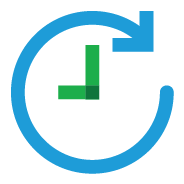
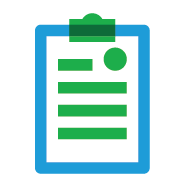
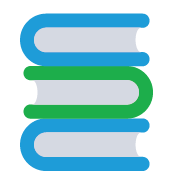

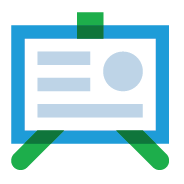







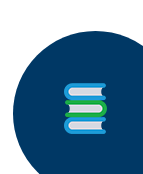
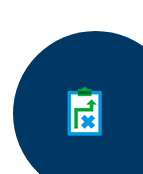
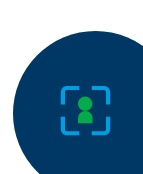


Would you like to comment?